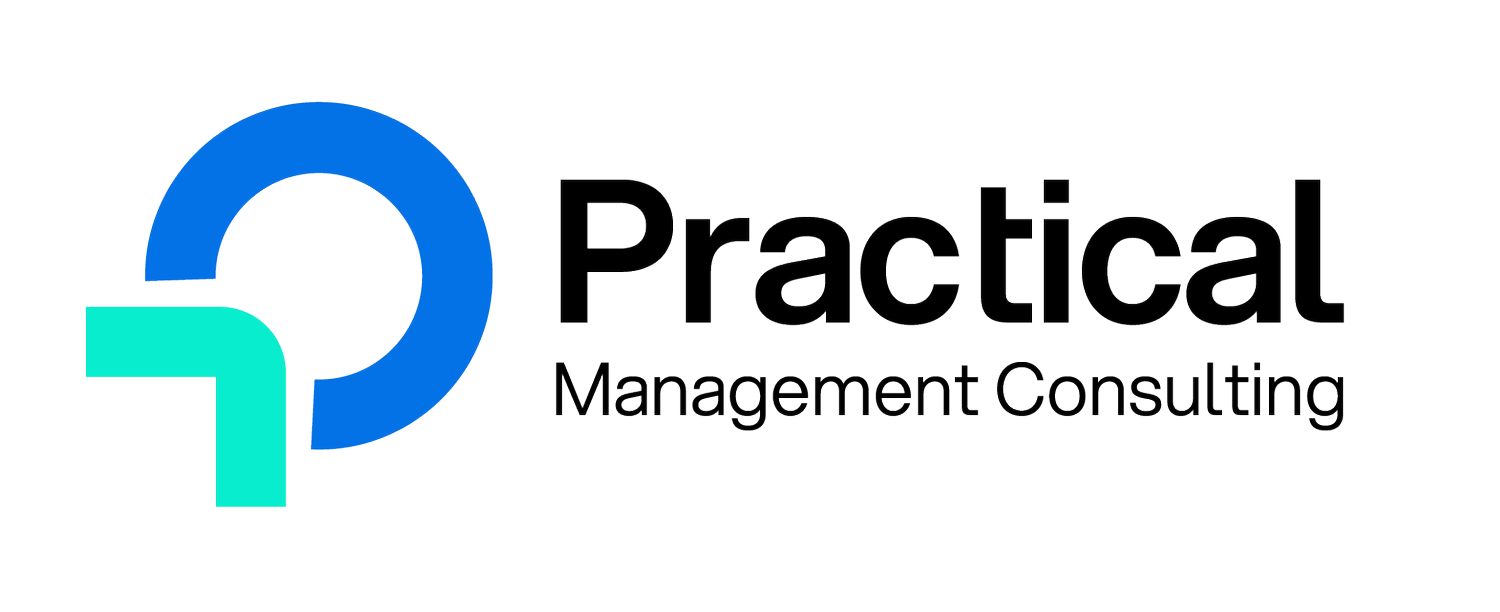Why Every IT Organization Needs a Technology Roadmap — And What Happens Without One
In most organizations, IT is constantly responding to change. New priorities. New tools. New mandates from leadership.
But too often, there’s no technology roadmap guiding those decisions — no plan showing how it all fits together.
Without a roadmap, IT becomes reactive. Budget requests seem random. And every year brings new spend without anyone knowing whether you're actually getting closer to the end goal.
What a Roadmap Really Does
A technology roadmap isn’t just a visual or a Gantt chart.
It’s a planning tool that links technology investments to business goals, funding cycles, and execution capacity.
Done well, it aligns:
IT and Finance — so spending matches strategy
Leadership and delivery teams — so expectations stay realistic
Short- and long-term priorities — so you can fund today without compromising tomorrow
And just as importantly:
A roadmap informs the budget.
It tells Finance not just what you want to do, but when, why, and what it will cost — both now and in the future.
You’ll Likely Have Multiple Roadmaps — But They Should All Roll Up
Most companies won’t have just one roadmap.
They’ll have several:
A cybersecurity roadmap
A network infrastructure roadmap
A cloud migration roadmap
A product engineering roadmap
And more...
Each domain-specific roadmap reflects the priorities and realities of that function. But they must connect upward to an enterprise-level technology roadmap that aligns with the company’s overall goals and resource capacity.
When individual roadmaps live in isolation, you get redundancy, funding conflicts, and misaligned execution.
When they’re connected, you get orchestration.
Without a Roadmap, You Get:
Reactive spending — Requests come in with little warning or strategic context
Budget confusion — Finance is left guessing how to plan CapEx and OpEx
No sense of direction — Every year it’s something new, with no light at the end of the tunnel
Leadership frustration — Execs ask, “How does this fit into the big picture?”
Duplicated or wasted efforts — Teams pursue overlapping tools or isolated projects
Overruns and underdelivery — Initiatives get funded without clarity on resources, dependencies, or readiness
What a Good Roadmap Brings to the Table
A well-structured, regularly reviewed roadmap enables:
✅ Strategic Alignment
Each initiative is tied to a business goal — growth, efficiency, compliance, or risk reduction.
✅ Budget Clarity
Forecasts reflect actual timing, scaling needs, and internal resource requirements — not rough estimates.
It includes current fiscal year impacts and annualized costs going forward, whether CapEx, OpEx, or cloud.
✅ Prioritization Discipline
Instead of chasing every new ask, teams can evaluate trade-offs based on strategic value and resource availability.
✅ Shared Accountability
When everyone can see what’s planned and what’s paused, decision-making becomes more transparent — and less political.
✅ Better Execution
Clear sequencing, dependency mapping, and delivery targets reduce risk and improve throughput.
It Only Works If It’s Living
A roadmap isn’t one and done.
It should be updated regularly as priorities shift, funding changes, or new risks emerge.
It’s not a report. It’s a tool for dialogue — between IT, Finance, and business leaders.
Conclusion:
If your organization doesn’t have a roadmap, it’s not just a planning gap — it’s a strategic risk.
Without one, you’re not managing IT spend — you’re reacting to it.
You’re not aligning with the business — you’re guessing what matters.
And you’re not building trust — you’re asking for budget without showing where it's all going.
Whether it’s security, cloud, networking, or product — each roadmap must support the bigger picture.
When they work in concert, IT becomes a driver of progress, not just a cost center.
A strong technology roadmap brings clarity, alignment, and accountability.
It helps IT earn credibility and ensures that each dollar — and each initiative — moves the company forward.
Let’s Talk
If your organization is navigating technology decisions without a clear roadmap, it might be time to reframe the conversation.
I offer a free consultation to review your current planning process and identify where alignment, visibility, and financial clarity can be improved.
No pressure, no hard sell — just an honest conversation to see if we can bring structure to your technology strategy.
